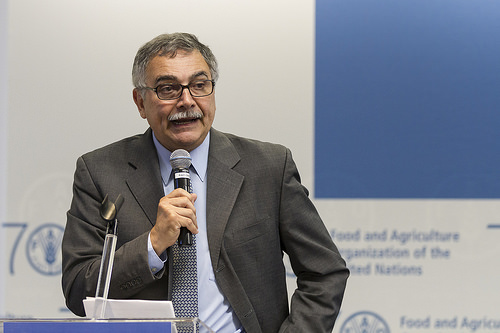The Food and Agriculture Organisation (FAO) says conflicts and adverse local weather conditions have continued to acutely aggravate and prolong severe food insecurity in parts of Nigeria and 38 other countries.

The UN food agency also said the situations had raised the list of countries requiring external assistance for food, according to its new “Crop Prospects and Food Situation” report.
Underscoring how persistent conflicts and adverse climate shocks were taking a toll on food security, no country exited the list, which comprises 31 countries in Africa, seven in Asia as well as Haiti.
That list now comprises 39 countries, up two countries from the last report in March, with the addition of Cabo Verde and Senegal.
These include Burkina Faso, Burundi, Cameroon, Central African Republic, Chad, Congo, Democratic Republic of the Congo, Djibouti, Eritrea, Ethiopia, Guinea, Kenya, Lesotho, Liberia, Libya, Madagascar, Malawi, Mali, Mauritania, Mozambique, Niger, Nigeria, Sierra Leone, Somalia, South Sudan, Sudan, Swaziland, Uganda, and Zimbabwe.
The other countries outside of Africa are Afghanistan, Haiti, Iraq, Democratic People’s Republic of Korea, Myanmar, Pakistan, Syria, and Yemen.
FAO’s latest forecast for world cereal production in 2018 foresees a 1.5 percent annual drop from the record high realised in 2017.
“Conflicts have choked agricultural activity in swathes of Central Africa, notably in the Central African Republic and parts of the Democratic Republic of Congo, where access to food is further hindered by surging inflation.
“Conflicts in Nigeria and Libya have led to less demand for meat, one reason behind the drastic drop in incomes for many pastoralist households in the Sahel region, where grazing and water resources are already strained and the ongoing lean season is expected to last longer than usual.”
The UN food agency said recent rains point to cereal production gains in East Africa after consecutive seasons of drought-reduced harvests, FAO said.
It, however, noted that recent abundant rains triggered flooding in Somalia, Ethiopia and Kenya, displacing about 800,000 people.
In contrast to the trend in the sub-region, staple food prices are high and rising in the Sudan and South Sudan, affecting access to food and intensifying food insecurity risks, FAO said.
The UN agency said the number of severely food insecure people in South Sudan was expected to rise – in the absence of humanitarian assistance – to 7.1 million people during the current peak of the lean season (from June to July).
By Prudence Arobani
